In the latest Beat Dissected, we create a full-bodied disco-style beat using Linn samples.
Beat Dissected is a regular series in which we deconstruct drum patterns, showing you how to program them in any DAW. Just copy our grid in your own software to recreate the loop.
This fortnight we’re limiting our sound set to samples from the iconic Linn LM-1 and focusing on processing to achieve a full-bodied disco-style beat.
Here’s the beat we’re building today:
Spec
Tempo
110-120 bpmSwing
50-53%Sounds
Linn LM-1 samplesStep 1
To begin, we’ve taken a kick sample from the LM-1 and tuned it down for a slightly deeper sound. As we’ve noted before in this series, using unprocessed samples from drum machines can lead to abrasive and tonally lacklustre beats. Despite their pedigree, modern production trends across the majority of dance genres generally demand additional processing from raw drum sounds, both to emphasise frequencies – particularly in the low end – and to carve away over-strident frequencies elsewhere in the spectrum.
To give our kick drum a more rounded tone, we’ve used Universal Audio’s Pultec HLF-3C plugin to remove the high end at around 5 kHz. This helps tame the overbearing (hissy) high-end. Next in the chain, Fabfilter’s more forensic Pro-Q 2 tightens up low-end flab by gently rolling away at the 65 Hz mark, while narrow dips at 4.5 and 6 kHz hone in on the peak frequencies to take the edge off them.
The cumulative effect of the EQ tweaks is to reshape the tonal balance, more evenly weighing the tight low end with the high-frequency snap. In addition, by reducing the amount of energy in the high end, we’re making space for the snare to sit more comfortably in the mix.
An LA-2A compressor comes last in line, peaking at around 1 dB of gain reduction – a subtle touch that rounds off the sound and adds a little extra weight.
Step 2
The snare is processed with a low-shelving filter set at 120 Hz (to reduce overlap with the kick drum) and three forensic cuts at 4 kHz, 5.5 kHz and 7 kHz to pull back the over-aggressive upper-mids.
Step 3
For the clap, we’ve added another instance of the Pro-Q 2 EQ plugin, rolling away below 120 Hz and above 9 kHz. A second Pro-Q 2 cuts even more drastically at 550 Hz and about 3 dB at 2 kHz and 4 dB at 3 kHz.
Step 4
The hi-hats are programmed using different velocities and slight off-grid variations as outlined in our previous Live hi-hats Beat Dissected. We’re just using LM-1 closed hats with a couple of open placements towards the turnaround.
So that the closed hats cut off the open hat as in a real drum kit, we’ve set up a choke group for both hat samples.
A de-esser is used to tame the hats’ over-strident harshness, focusing on a fairly wide 9-11 kHz band. A subsequent filter is used to roll away lows below 500 Hz and notch out a little bite at 4-6 kHz.
Master Channel
A touch of distortion, set at 20% wet, is added to the drum bus for a little more punch and grit.
If you’re looking for extra liveliness you can also try adding some reverb to the drum mix. We’ve used U-he’s Uhbik-A reverb.
Although you need to be careful when doing so, a touch of reverb (no more than 5-10% wet) can add both depth and character. You may want to remove the low end from the reverb return to avoid clouding the all-important bass end of the mix.
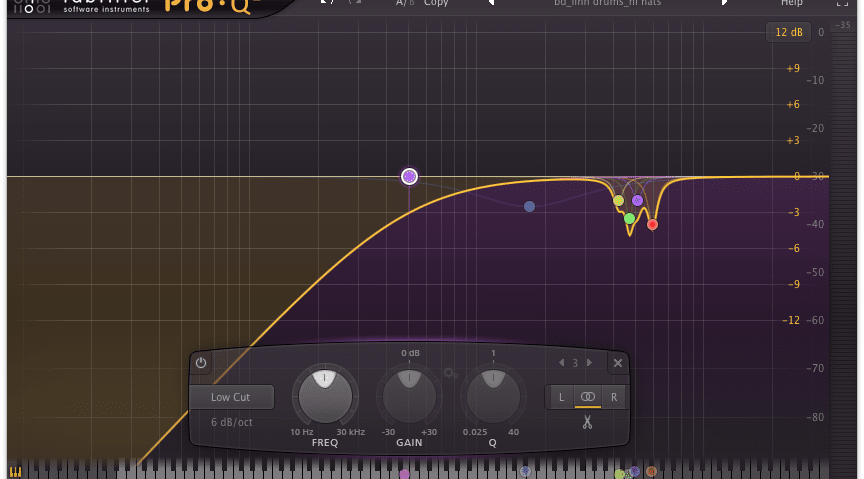


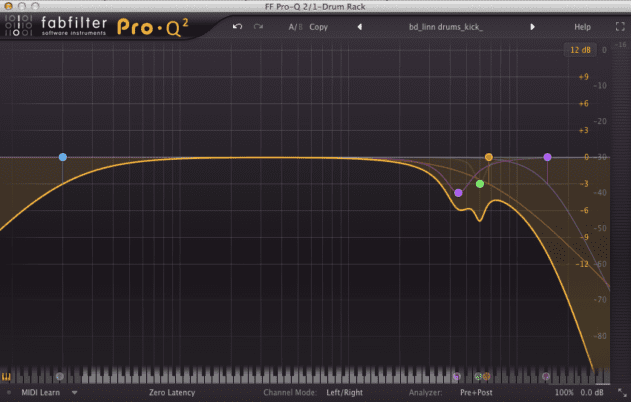


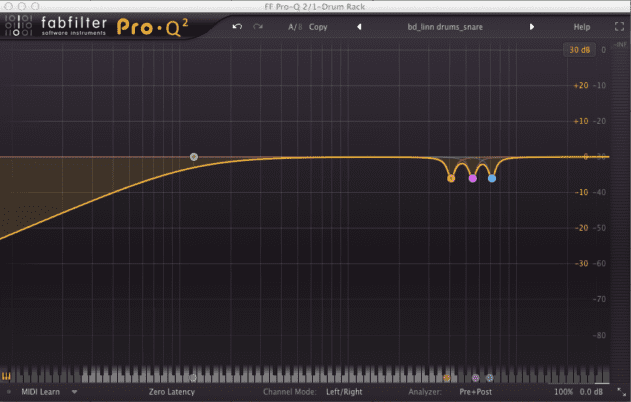

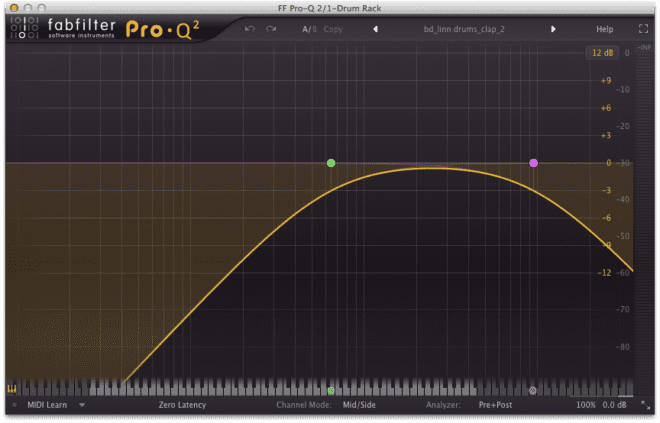
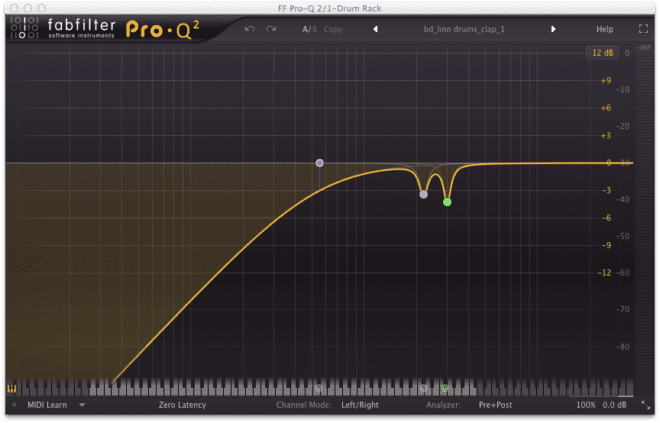

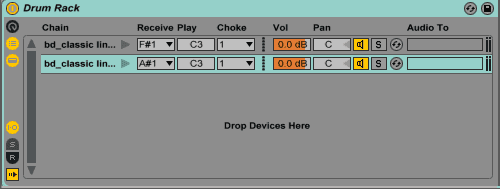
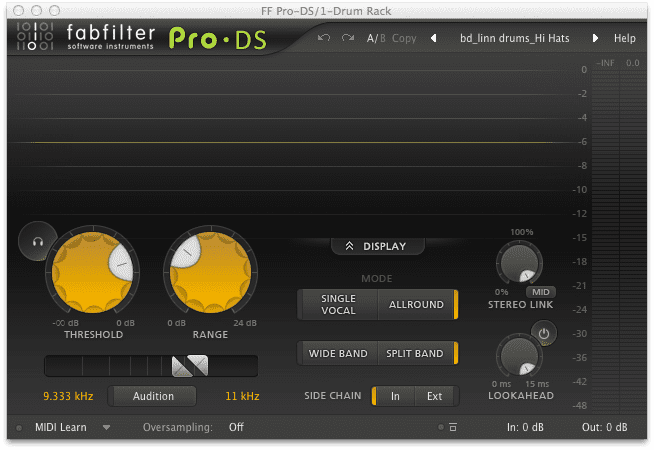
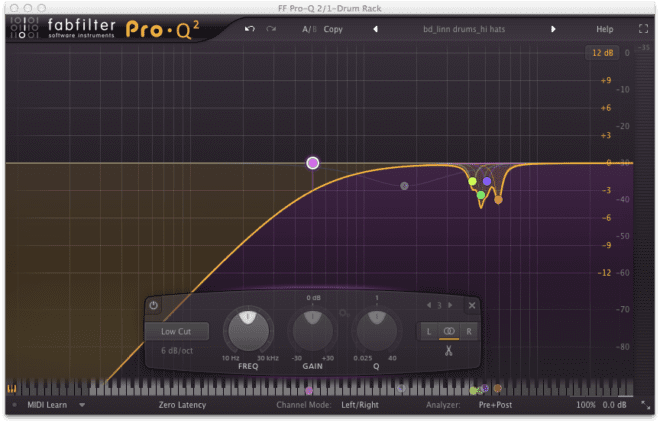
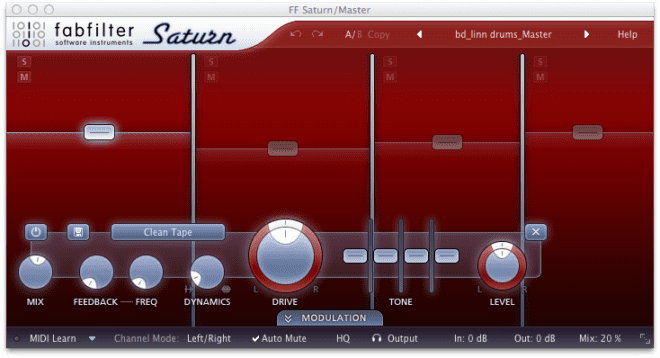
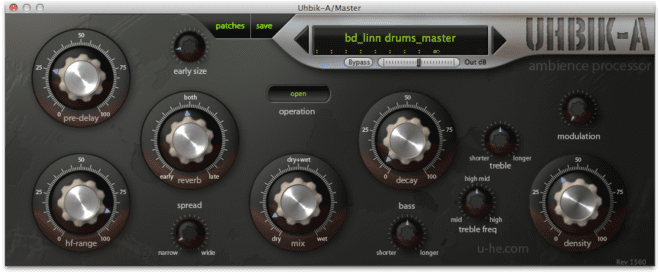
11.17 AM
Thanks for this, I look forward to trying this out, nice to see a lot of drum mixing here.
!
08.41 AM
Thanks folks! You’re definitely one of the best correspondents … Your doing a great job
02.16 PM
Attack magazine you’re a bunch of lej’s
10.18 PM
thanks guys where are the samples they are not with the blend file?
11.13 PM
If you want the authentic LM-1 sound you have to program the snare slightly late in the mix. In the original machine the snare sample had a small amount of silence before it so it sounds like the hi-hat is hitting early, this gives it that punchy sound. Also, pretty much every “LM-1” sample kit found online are actually the LM-2 sounds being that the LM-1 is extremely rare now (I have the LM-1 chips in my LM-2).
Your best bet to achieve the authentic LM-1 sound is to use Vlinn 2. The feel/sound of the LM-1 is not something you can program in a DAW.
02.44 PM
Maybe I’m missing something, but there are no samples in the project file?!
05.12 PM
Thanks for this!